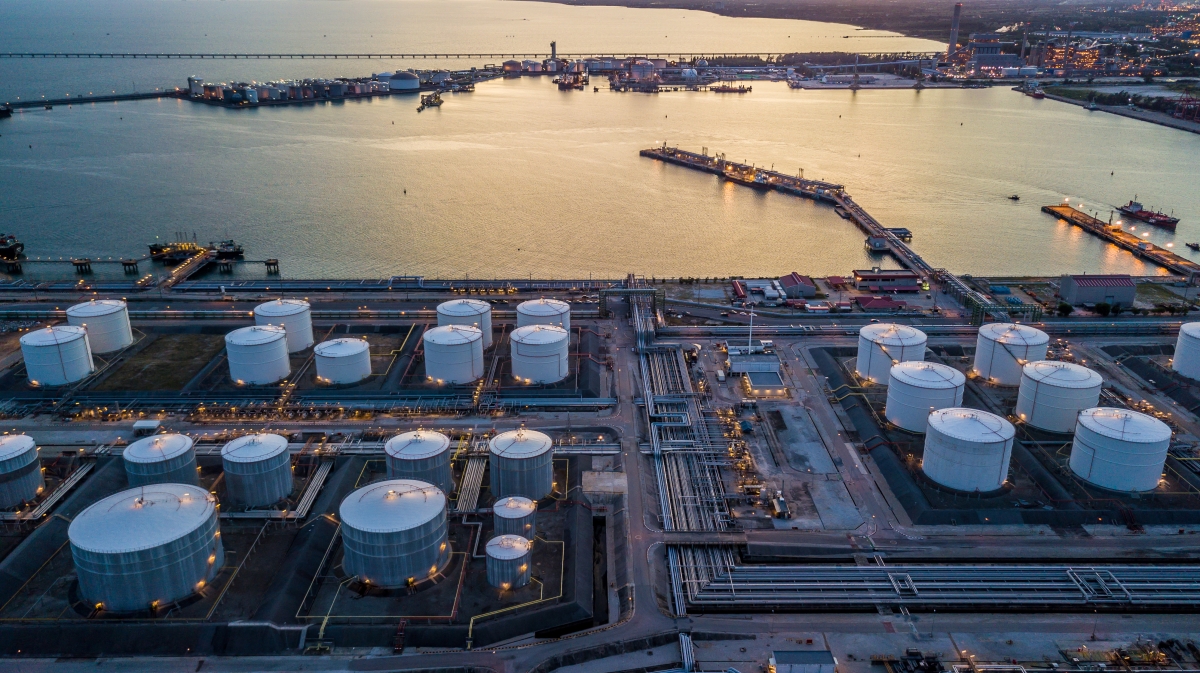
Confined spaces are notoriously hazardous environments, so the advent of technology to reduce the risks that they pose to workers is significant for those operating within the industry. As described in previous posts, a confined space is any space which is not intended for continuous human occupancy, and which has limited access and egress opportunities.
Many people every year lose their lives in confined spaces, either falling from a height, becoming trapped, drowning, or being overcome by poisonous gasses or asphyxiation. Accordingly, any site that contains a confined space must ensure that the space is maintained. Drone technology now affords confined space specialists an additional layer of safety, particularly in an initial assessment prior to ingress.
How drones can improve safety in confined spaces in Toronto
Drone Technology and Its Applications in Confined Space Assessments
Small inspection drones have been extensively tested in a number of confined spaces around the world, ranging from manholes and sewage systems to larger cave systems and have demonstrated their worth.
These drones are fitted with both optical and thermal cameras and continuously stream visual data back to a specialist operator, who is safely located outside of the confined space. By navigating through the confined space with a drone, it is possible to develop a good understanding of the condition of the confined space, identify any areas of maintenance that are required, and assess the entry and exit routes.
Preparing Confined Space Teams for Safe Entry
By performing initial assessments of the confined spaces in this way, it is possible to prepare confined space maintenance or rescue teams for entry with a detailed explanation and visual representation, including 3D models of the space that they are to enter and the nature and location of any risks that they will face prior to the entry taking place.
Specialized Data Analysis for Enhanced Safety
These specialist inspection drones are capable of live streaming video but also taking still images which can be assessed by skilled experts who will be able to identify even the smallest faults from these images, ensuring that anyone intending to enter the space is working with accurate and up-to-date information.
Advantages of Drone-Assisted Confined Space Operations in Toronto
The specialized use of drone technology in this manner can, therefore, prevent uninformed, needlessly high-risk entry into dangerous confined spaces and thus save lives.
Providing detailed video, imaging, and topographical information, a drone controlled by an expert operator can inform the confined space rescue team as to any hazards and the condition of the space.
As a result, entering confined spaces in Toronto with specially trained individuals, whether for maintenance or rescue, becomes a safer and more efficient process.
In conclusion
There are many ways in which drone technology can complement the activities of human operators for initial inspections of confined spaces. This technology reduces the risk to operators, supports the mapping and understanding of confined spaces, aids in maintenance planning and is vital to assist workers in developing a plan for safely performing the necessary maintenance or rescue activities.
Drone technology is a solution that will continue to benefit confined space rescue teams and their clients.